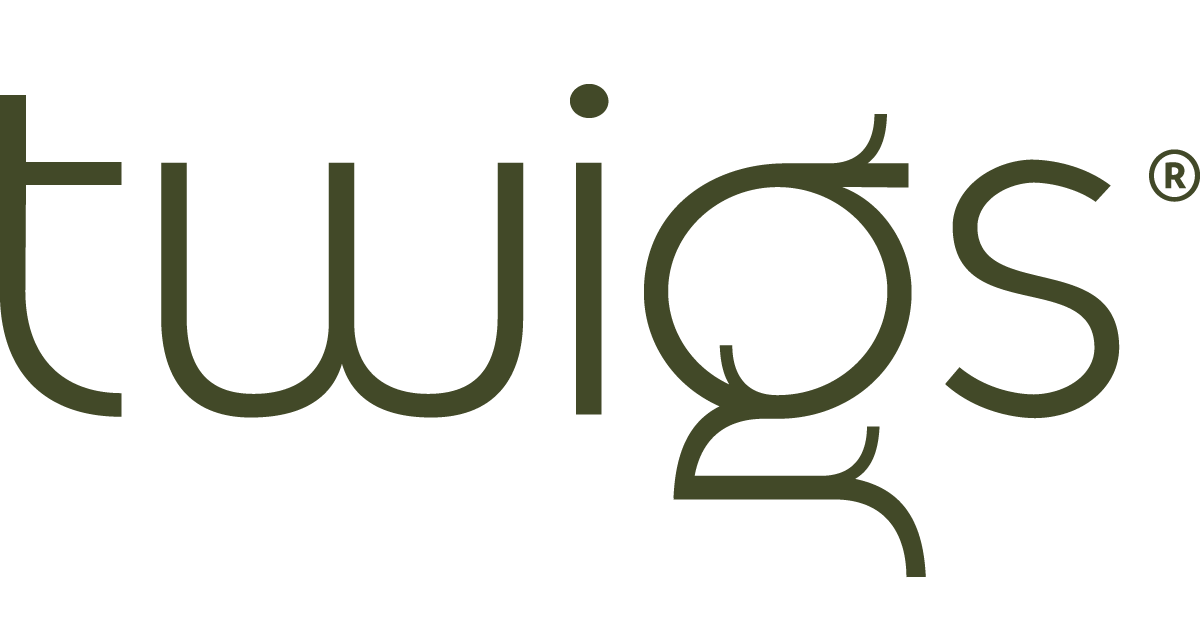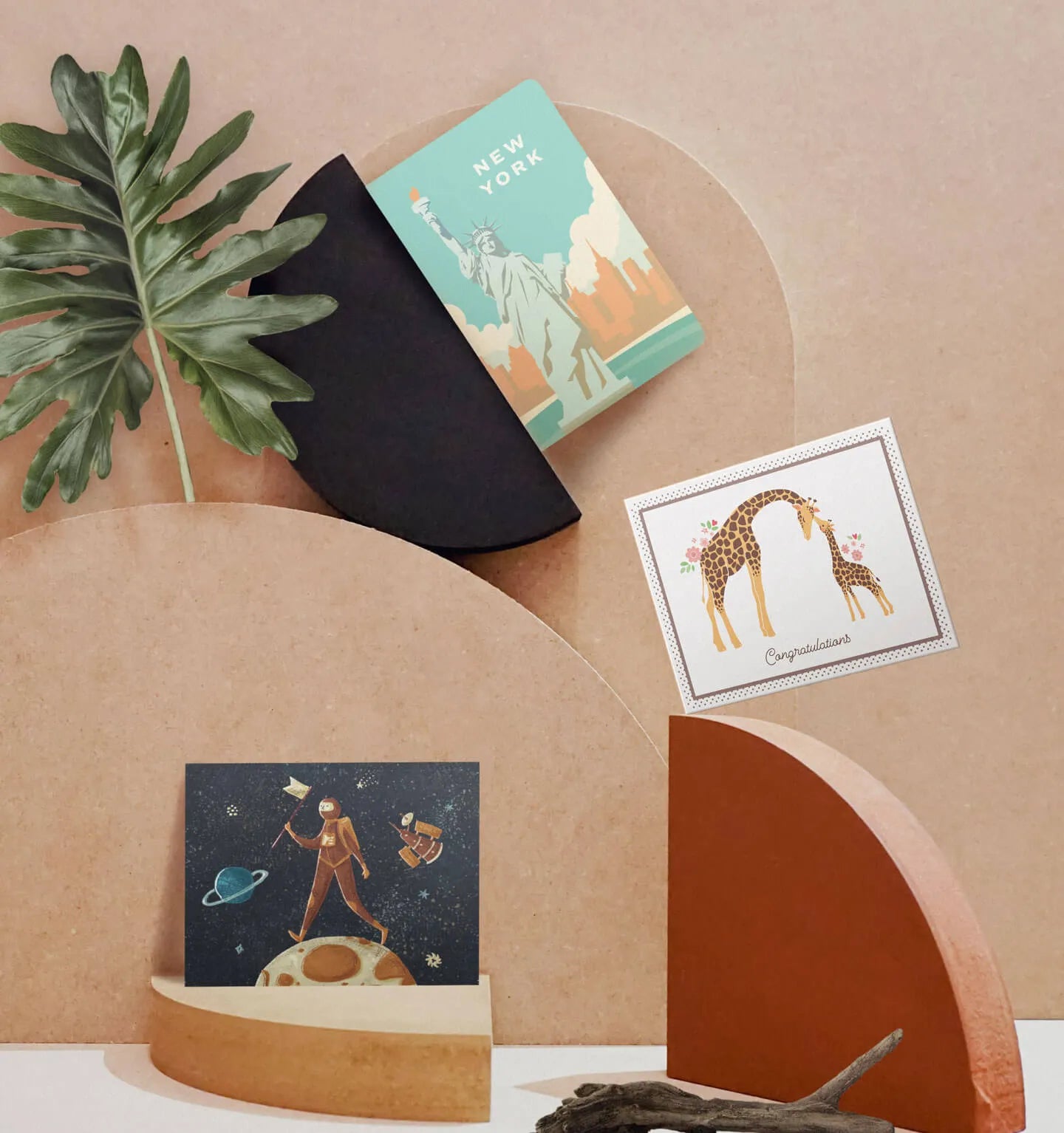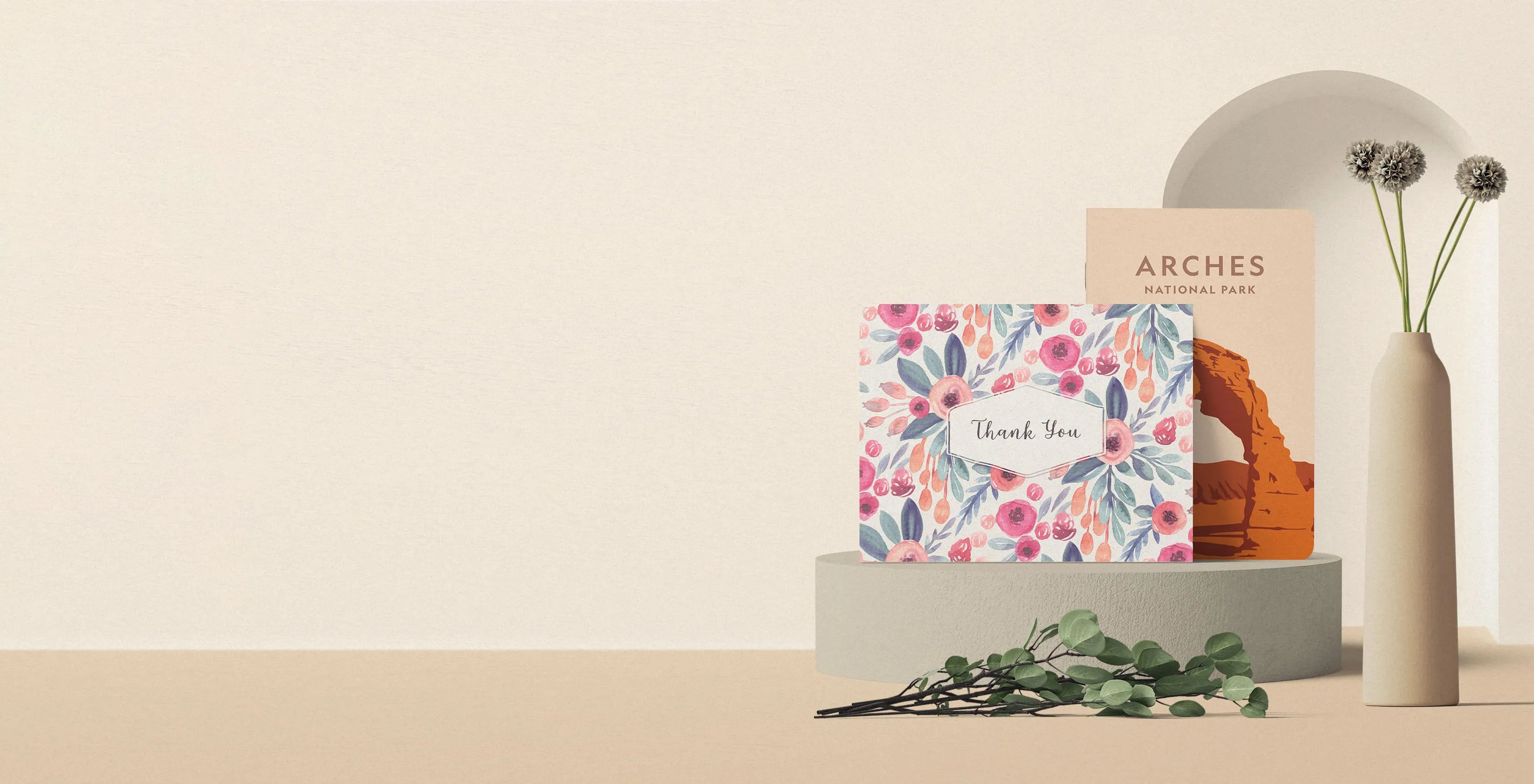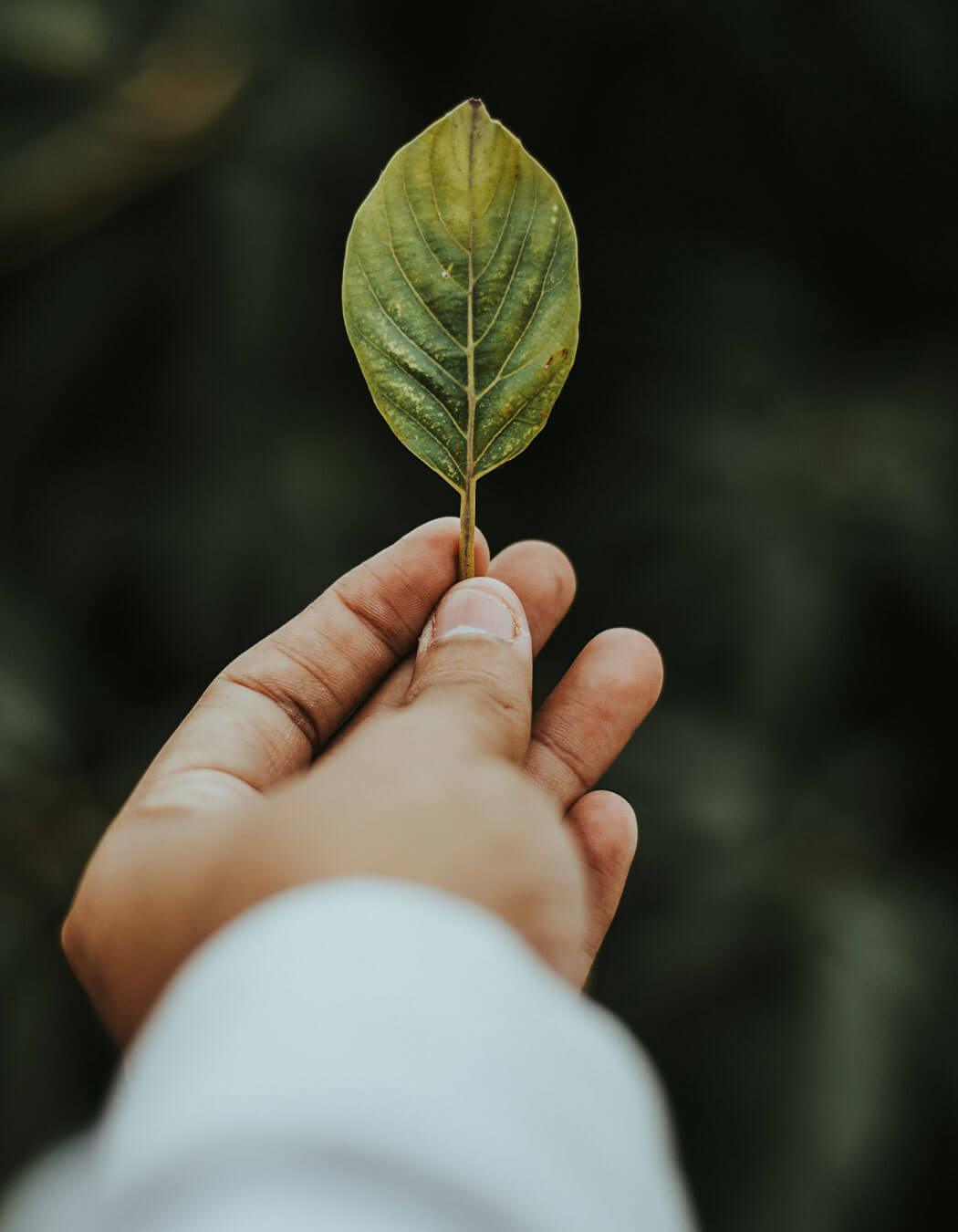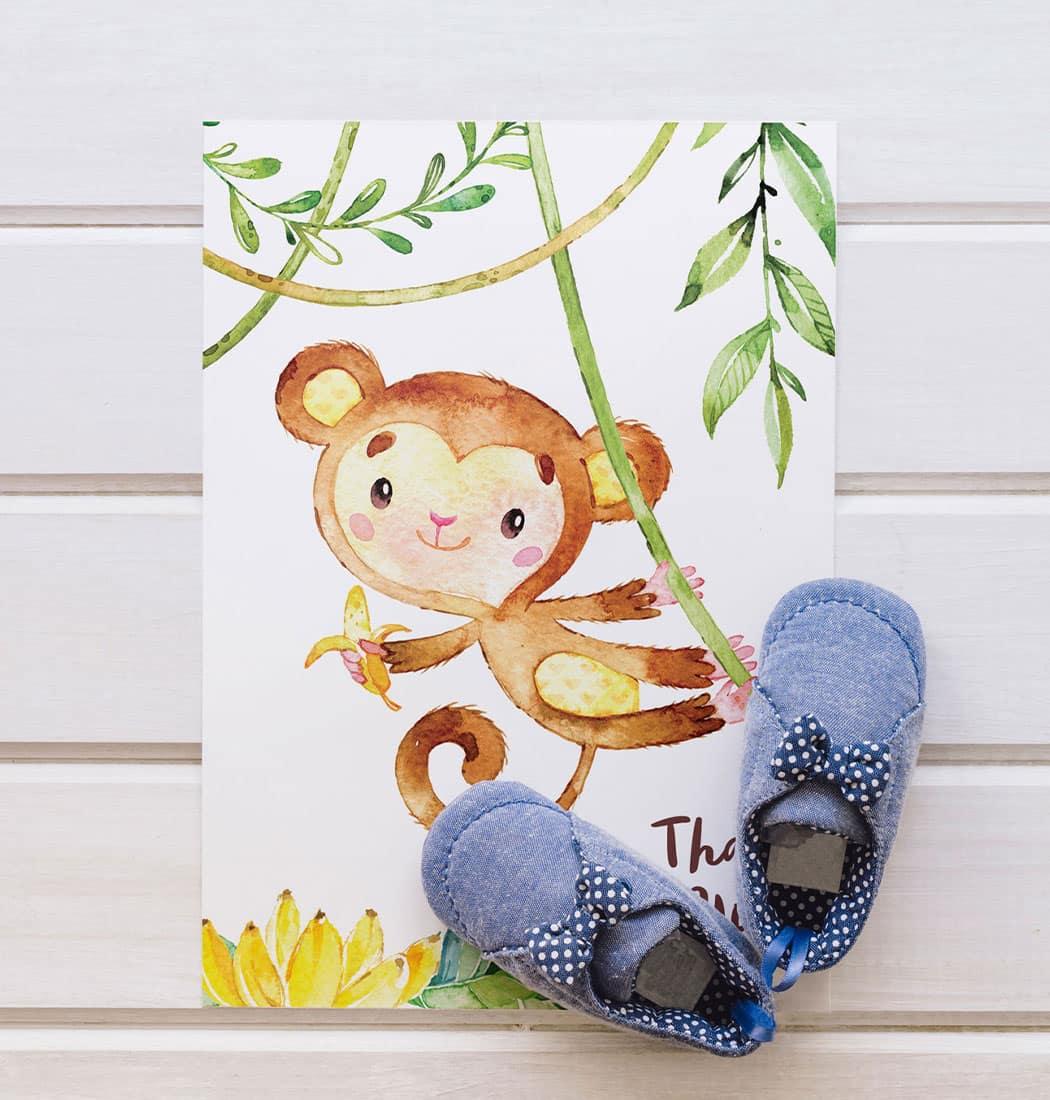In an era when world population and the consumption of resources are increasing, finding ways to make our planet more sustainable is essential.
Do you have a desk at work that is covered in office supplies, notebooks, and paper? Chances are the majority of these items are made directly from trees by paper mills, thereby causing most of our paper consumption to be derived from trees. Using recycled paper is a great way to help the environment and reduce the number of trees that are cut down.
At Twigs Paper, We care about our planet so we love to remind everyone to take a look at the planet we live on and think about how we can help to conserve the natural resources that make us so fortunate.
What can we do to protect the Earth? We all can do our part by making small changes in the choices that we make every day. The first step is to understand the impact of our daily decisions.
Why We Should Care About Our Forests
The role of forests throughout the planet is difficult to understate. Forests are often called the “green lungs” of the Earth and for good reason. They are a vital part of our environment, and they're not just green spots that make for great Instagram pictures.
We could spend days going over the crucial role forest trees play in the functioning of our planet and everyday lives. And their natural beauty goes without even mentioning.
Listed below are four forest facts you need to know:
- Roughly half of the animal species and 80% of biodiversity live in forests, which cover about one-third of the planet's landmass
- They regulate precipitation throughout the world by evaporating water on an enormous scale
- They regulate temperature by absorbing carbon dioxide, which would otherwise warm the atmosphere
- They provide us with 75% of the medicinal ingredients we use every day
How Does Recycled Paper Help the Environment and Climate?
The paper industry is notorious for its contribution to the degradation of our forests, but our goal isn't to demonize an industry that provides us with products we need as well as countless jobs throughout the world.
Instead, we aim to raise awareness about the benefits of using recycled paper with a high PCW (post-consumer waste) content rather than "virgin" paper from raw materials.
Have you ever wondered about what it takes to make that paper cup you drink your coffee from in the morning? Are those loose-leaf binders in your kids' backpacks made out of eco-friendly recycled paper? It’s important to understand what happens when we don’t use recycled paper so we can appreciate the impact it has on the world around us.
Benefits of Recycling Paper
What happens if paper is not recycled?
To start, what happens when we don’t recycle paper? You guessed it. Paper makes up 25% of landfill waste, where it sits rotting and producing methane gas over the course of many years.
While we typically think of carbon dioxide as the main gas responsible for heating the atmosphere, methane has a warming potential 25 times greater than that of CO2 and is on of the most significant contributors to global climate change, and has a huge environmental impact.
One ton of paper waste occupies three Cubic Yards of landfill space and Americans use roughly 85,000,000 tons of paper per year. That’s about 680 pounds per person!
Recycling paper: conserving natural resources, not only trees.
According to the Environment Protection Agency, we save 17 trees for every ton of paper we recycle. So, that 85,000,000 tons of paper we use each year equates to about 1.5 billion trees – a number that’s difficult to even envision.
But we don’t only save trees when we use recycled paper. It’s no secret that most of the natural resources on earth are in limited supply. The human population is growing faster than its ability to replenish resources and we must find a way to live more efficiently. By recycling a single ton of paper, We also save almost 400 gallons of oil and 7,000 gallons of water, resulting in an overall energy savings of 64%.

Paper Recycling: How Does It Work?
When we choose to recycle paper, it is repurposed into a useable product again, but how does this happen? No more Questions On Recycling, let's go together through the process:
- 1. The collection process for recycling paper begins when people put paper in recycling bins. The recycling bins then get picked up by a paper recycling truck and taken to a recycling center
- 2. The second step of this process is removing contaminants from the paper waste before it is sorted into grades and shipped to paper mills where it undergoes further processing.
- 3. These mills are specialized in handling the recycled paper, which is then broken down into fibers through a water and chemical mixture, making it easier to remove more contaminants (Earth 911 Article). This is known as 'pulping'.
- 4. The pulp is then screened and goes through further cleaning where glues, plastics, and other particles are removed.
- 5. Then, the pulp is stripped down and bleached during a refining process. Once spun dry and mixed with virgin fiber, it can then be used to create new products.
It's a full-circle system that brings new life to what would otherwise, be rotting in a landfill.
Earth is losing around 24,000 square miles of trees globally in one year.
How many times can Paper be Recycled?
Amazingly, paper can be recycled repeatedly. In fact, this incredible process can be repeated up to 5 times – after which point the fibers become too small to use – so it can be recycled and used to make different products over and over again.
Therefore, instead of using new wood to create new paper each time, we should be utilizing this full-circle system to make the most out of our resources. In fact, the paper you recycle today will most likely be used to make the same type of product when it's recycled again.
For example, at Twigs Paper we only use 100% PCW paper to make new cards, notebooks, and other writing paper products.
What Does PCW Paper Mean?
Have you ever noticed a label on a paper product that says “PCW”? This stands for post-consumer waste and indicates the percentage of recycled materials used to create a product.
Whenever possible, we should be buying products with high PCW content to ensure we get the most out of our resources. And it's actually pretty cool knowing that your card or notebook has a previous life and used to be something entirely different.
Creating a larger demand for high PCW recycled paper is something we should care about. It would of course ensure that less virgin fiber is used for new products, allowing us to conserve more energy and reduce the levels of emissions produced by landfills.
But ever so importantly, it would help us protect our planet's green lungs; the biodiversity that calls them home, their ability to help regulate Earth's temperature and provide oxygen, and the countless other natural services they provide that go unnoticed by us every day.
Buy Eco-Friendly Products to Lower Your Carbon Footprint
Now that you have become an expert on the importance of using recycled paper in everyday life, if you're looking for unique eco-friendly greeting cards, look no further. Our Greeting Cards and Notebooks are made 100% from recycled post-consumer waste paper, which makes them a great choice for people who want to help the environment.
Check out some of our favorite paper products:
